SUMMARY
This is AI generated summarization, which may have errors. For context, always refer to the full article.
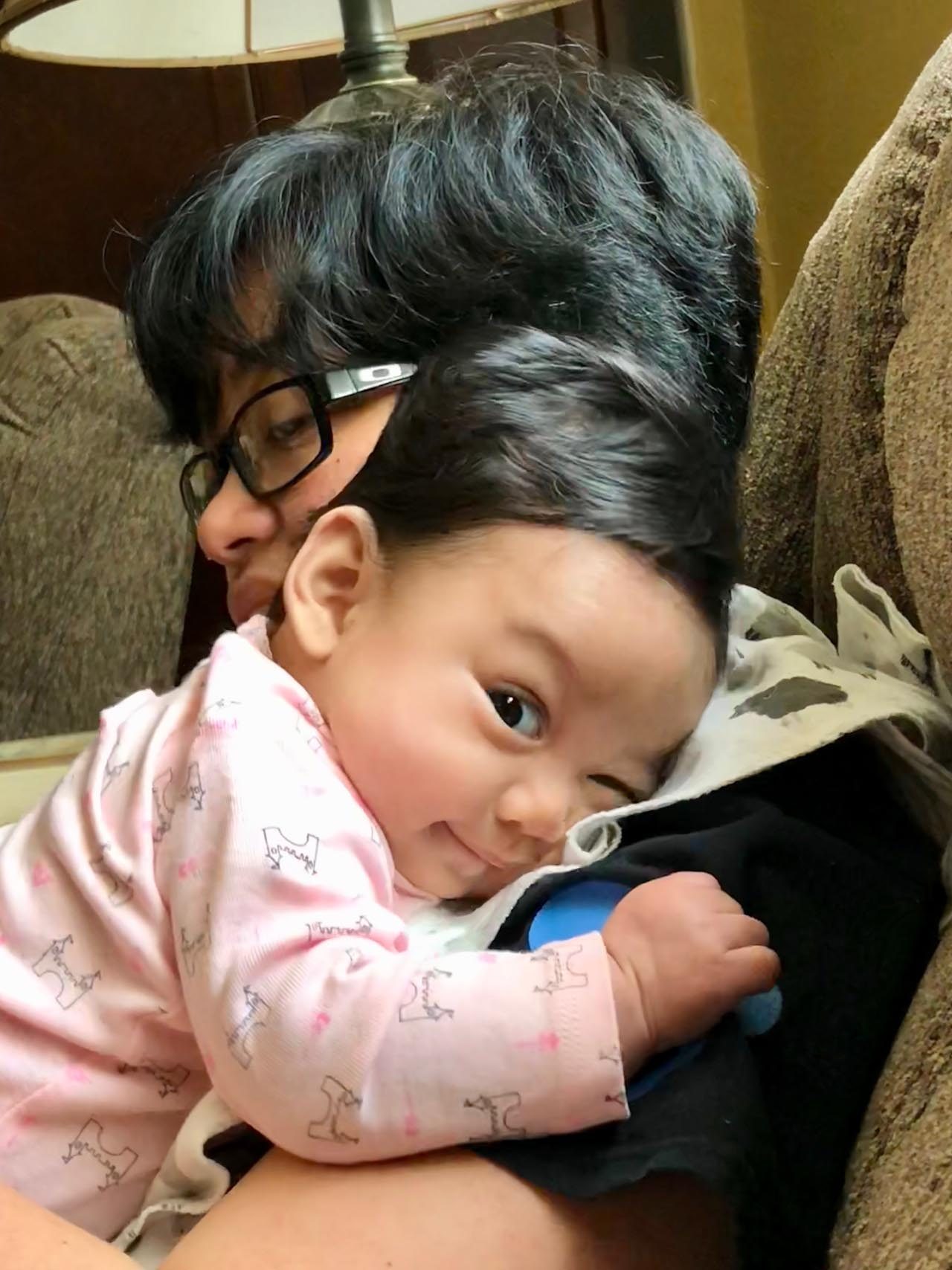
It’s been more than seven months since I gave birth to Raya. I still perfectly remember how tiny she was when she came into this world. Fast forward to today, and I’m still amazed at how she’s grown so fast, the nonstop babbling and smiling, and how she has indubitably changed our lives forever.
We are very grateful that Raya hasn’t had any sickness, minor or major, that necessitated trips to her pediatrician. I feel that this has something to do with the preparations that we had before and during my pregnancy, such as maintaining a healthy lifestyle and taking pre-natal vitamins and fish oil, upon the advise of my doctor.
But more than that, another important factor that I believe helps with her development is breastfeeding.
The importance of breastfeeding
Breastfeeding offers numerous benefits for both mother and baby. Various studies presented the value of breastfeeding in reducing obesity, infections, and diabetes risks for babies, and even linked to higher IQ.
Mother’s risks for certain types of cancers and diabetes also become lower. Breastfeeding also aids in postpartum healing and in establishing an emotional bond between mother and baby.
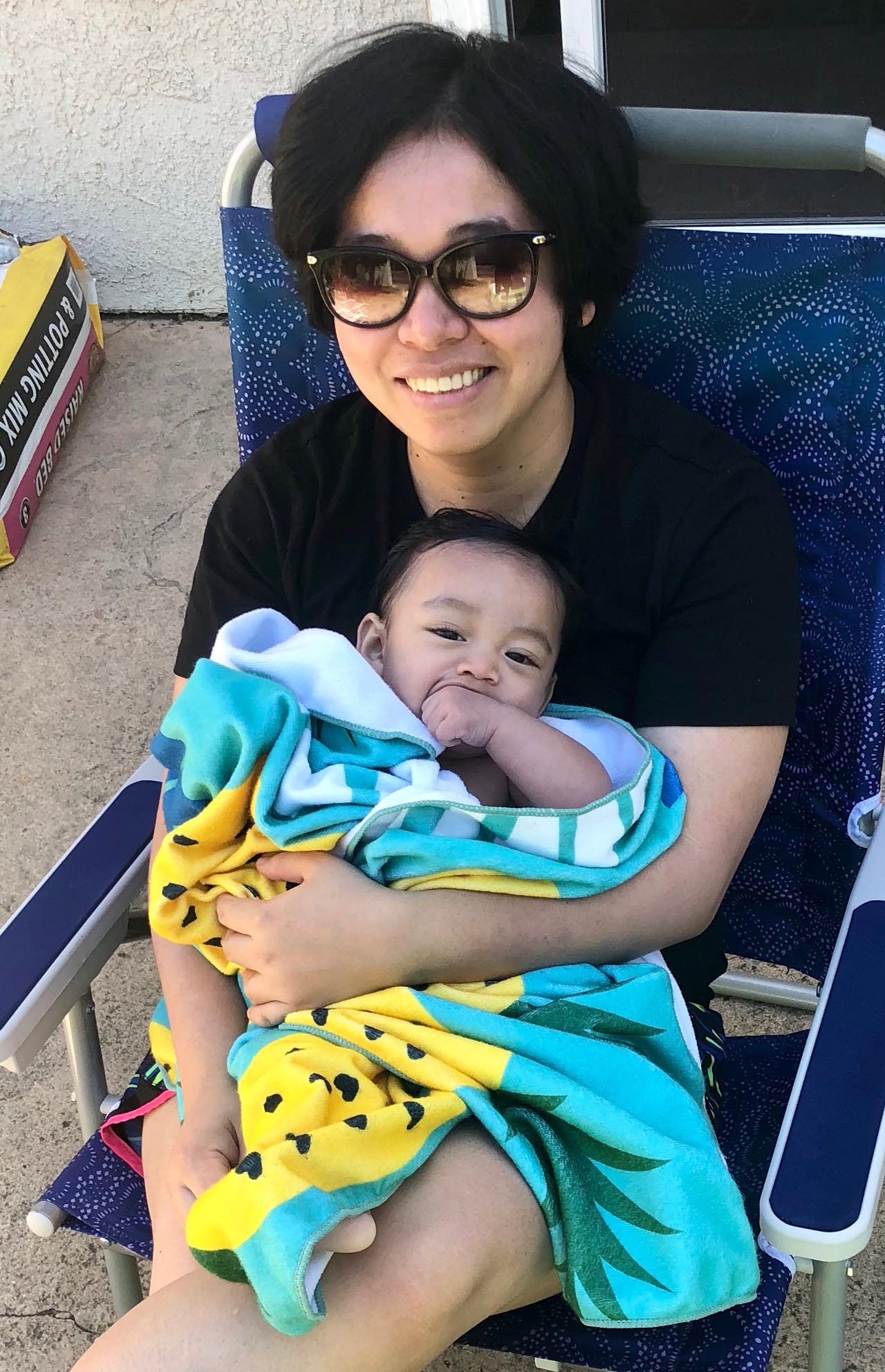
Until now, formula can’t completely capture the nutrients and proportions in breast milk. Mother’s milk remains the ideal food for the little ones. Because of these reasons, I have decided to breastfeed Raya. Not only does breastfeeding medically benefit the both of us, it’s also practically free.
I started studying breastfeeding before my pregnancy. I wanted to understand the pros and cons of breastfeeding my baby.
As a child, I was formula-fed. My mother told me that she didn’t have milk to feed me when I was a newborn. From what she had told me based on her experience in feeding, I realized that I should expect to encounter similar challenges. Our conversation actually inspired me to look for ways to ensure that I would be able to breastfeed Raya, and do it effectively.
Finding guidance and resources
I found it helpful to look for information from reliable sources, like doctors (OB-GYN and pediatrician), lactation specialists, and mothers who successfully breastfed their babies.
During our hospital stay for the delivery, I also used that opportunity to learn more from our maternity nurses. I asked them for advice in caring for the baby and suggestions to help me in breastfeeding.
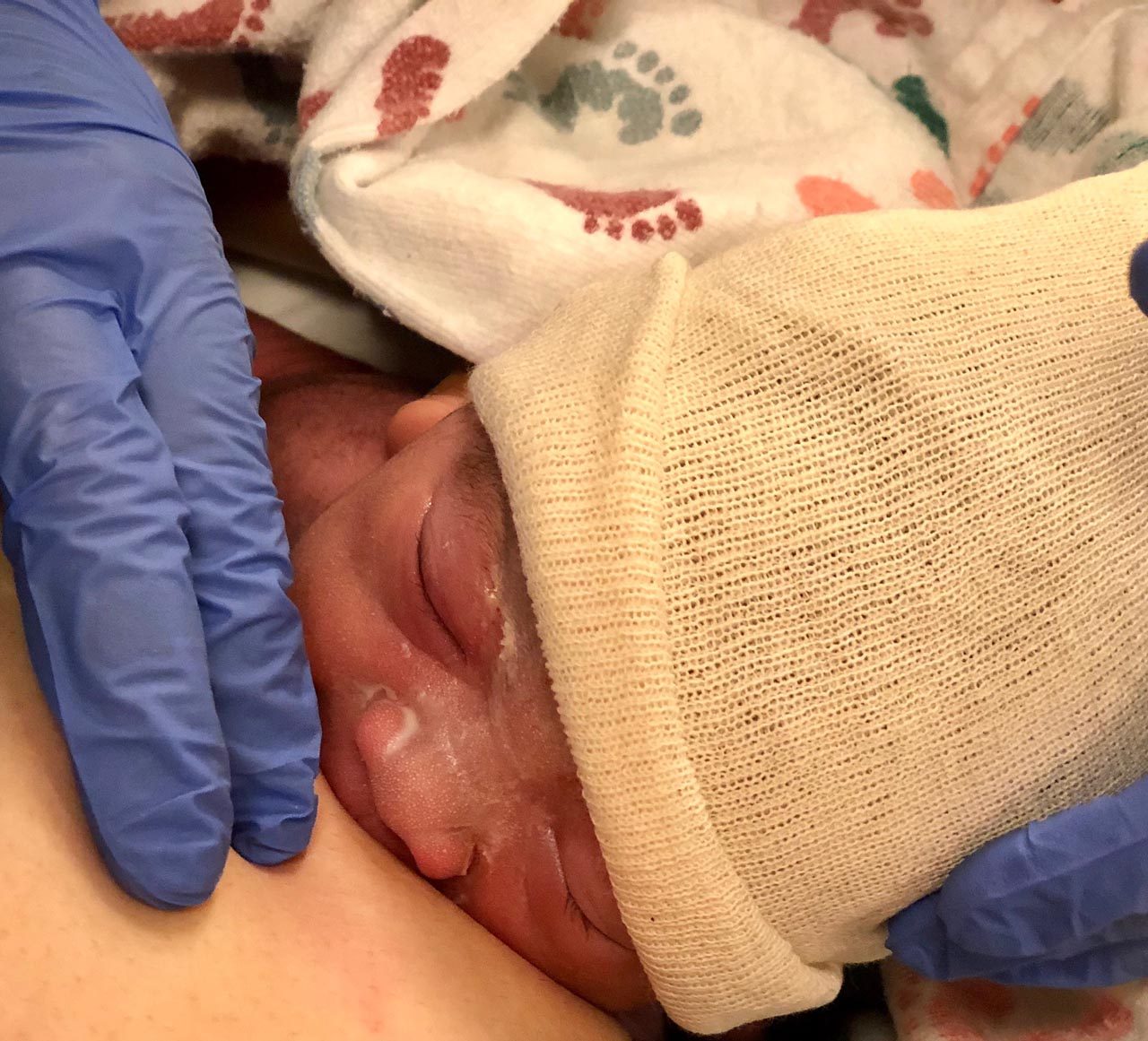
I was also able to learn a lot from breastfeeding and child care classes during pregnancy. Reading pregnancy books also helped. I am also very grateful to have a great partner, my husband, Mark. He makes sure that I am as comfortable as I can be while caring for Raya, especially when breastfeeding. His endless encouragement also strengthens my will to continue breastfeeding.
Whenever I get tired, he’s there, offering hugs and massages. After feeding Raya, he would burp her. When we need to use a bottle (containing breast milk), he would feed her.
Your partner’s help, however big or small, is important.
Things to do to promote lactation
Eat healthy foods, hydrate, and take your vitamins. My meals also become the food of my baby – breastfeeding requires more calories on top my daily intake.
Water also plays a very significant role. Without sufficient water intake, constipation is a strong possibility. Water is essential in the body’s process of creating milk.
On top of healthy diet and good water intake, I also take prenatal (or postnatal) vitamins. For Raya, Vitamin D is not manufactured by the human body so she is taking supplements for that.
On the other hand, water isn’t recommended for newborns and very young infants. Before you let your baby drink water, please consult your doctor.
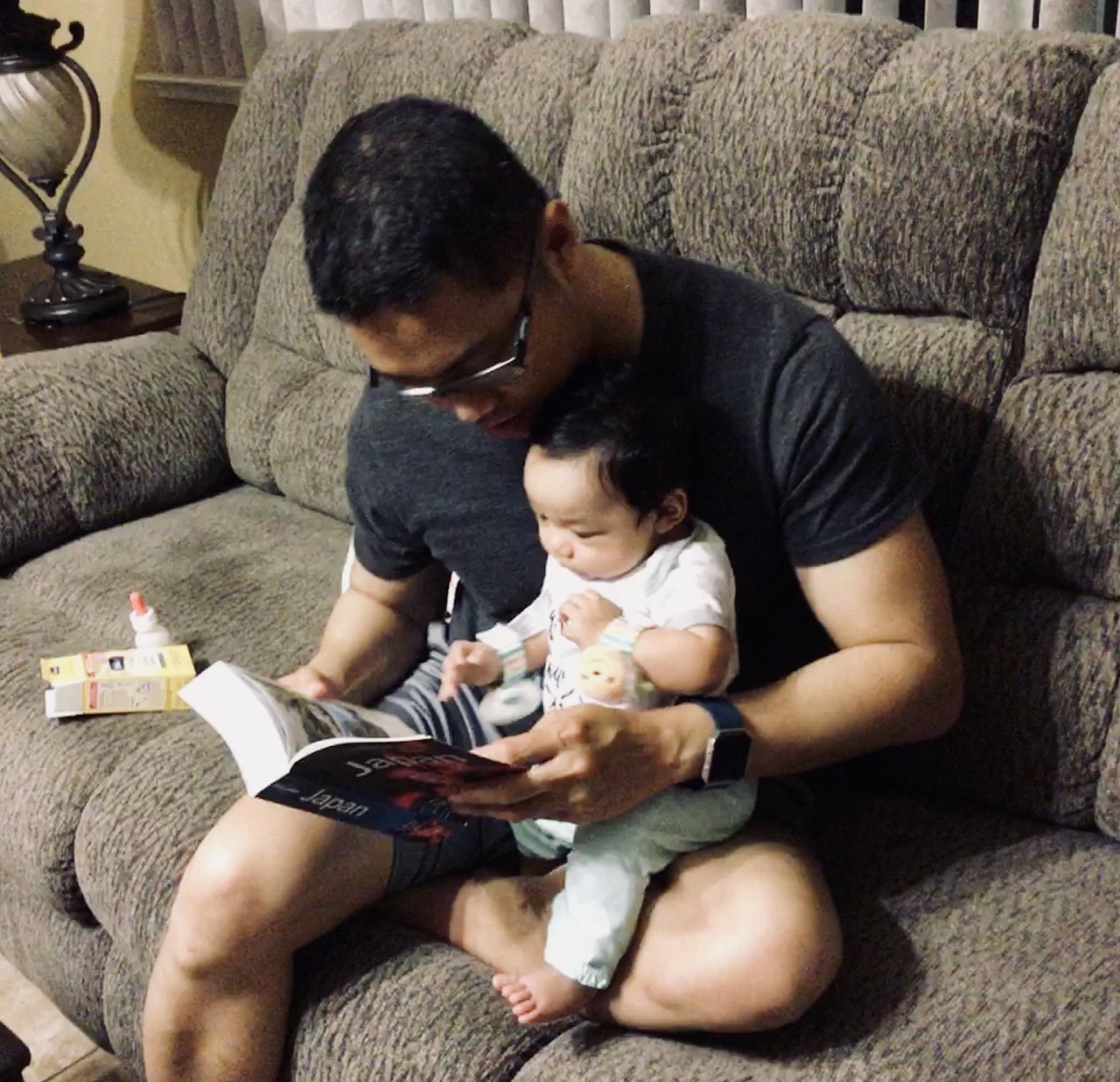
When to start breastfeeding
After cleaning and checking up on our newborn Raya, our delivery team immediately let her breastfeed. To our surprise, she instantly fed for several minutes.
My husband and I also enjoyed our “golden hour” with her – an hour (or more, if possible) of exclusive bonding for the new family. After feeding and hugging me, Raya also got to hug her Tatay for the first time. It was recommended that my husband do it shirtless. The idea was to share warmth with the newborn.
At first, Raya only fed for a few minutes. In fact, I was a bit concerned if she’d eaten enough. Our medical team assured us that it was just like that at first for newborns. We were still in the hospital when my body produced colostrum (also known as the “liquid gold”) for Raya.
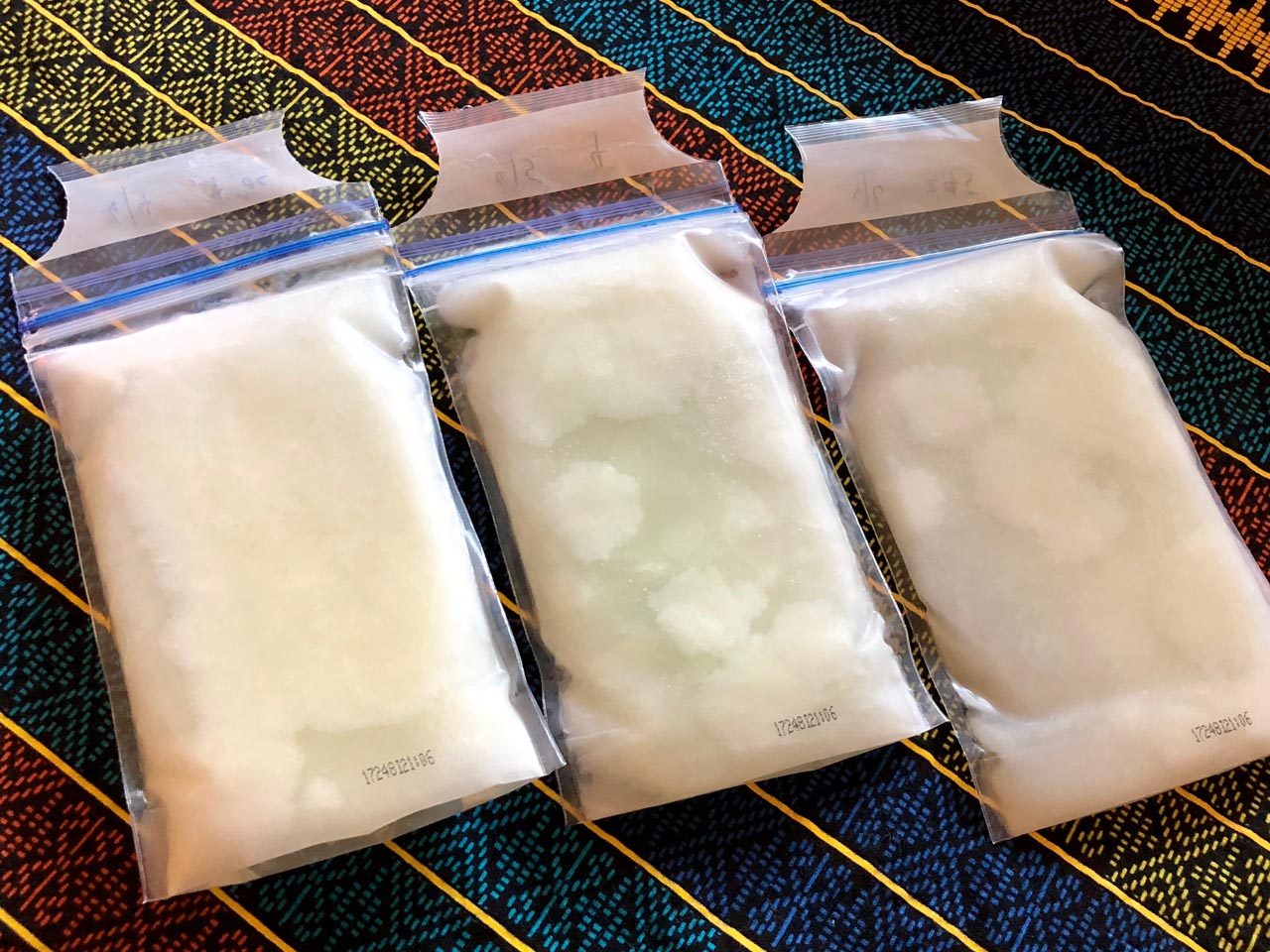
What to expect when breastfeeding
Breastfeeding isn’t what I first expected. Before attending a breastfeeding class, I thought it was so natural and there would be no need to study anything. I was mistaken, as it did require dedication, discipline, and patience.
It isn’t as easy as placing the baby on the chest area. I realized that the baby won’t magically latch (properly) without support from the mother. I also didn’t expect that I would lose so much sleep in the process.
For the first three months, I had to feed Raya almost every three hours.

Be prepared to wake up in the middle of the night to feed your newborn. Combined with postpartum healing, this can be quite challenging for new mothers. (Note to partners: Your role, especially during this period, is to help the breastfeeding mom)
I also had to wait for a few days after my baby’s delivery to have a consistent supply of breast milk.
So in addition to regularly breastfeeding Raya (approximately every 2-3 hours), we had to use formula as supplement. I used a few ounces of formula for less than a week, as instructed by our pediatrician. We had to make sure that she isn’t losing so much weight (newborns are expected to lose weight at first before gaining more) while my body is adjusting in producing breast milk.
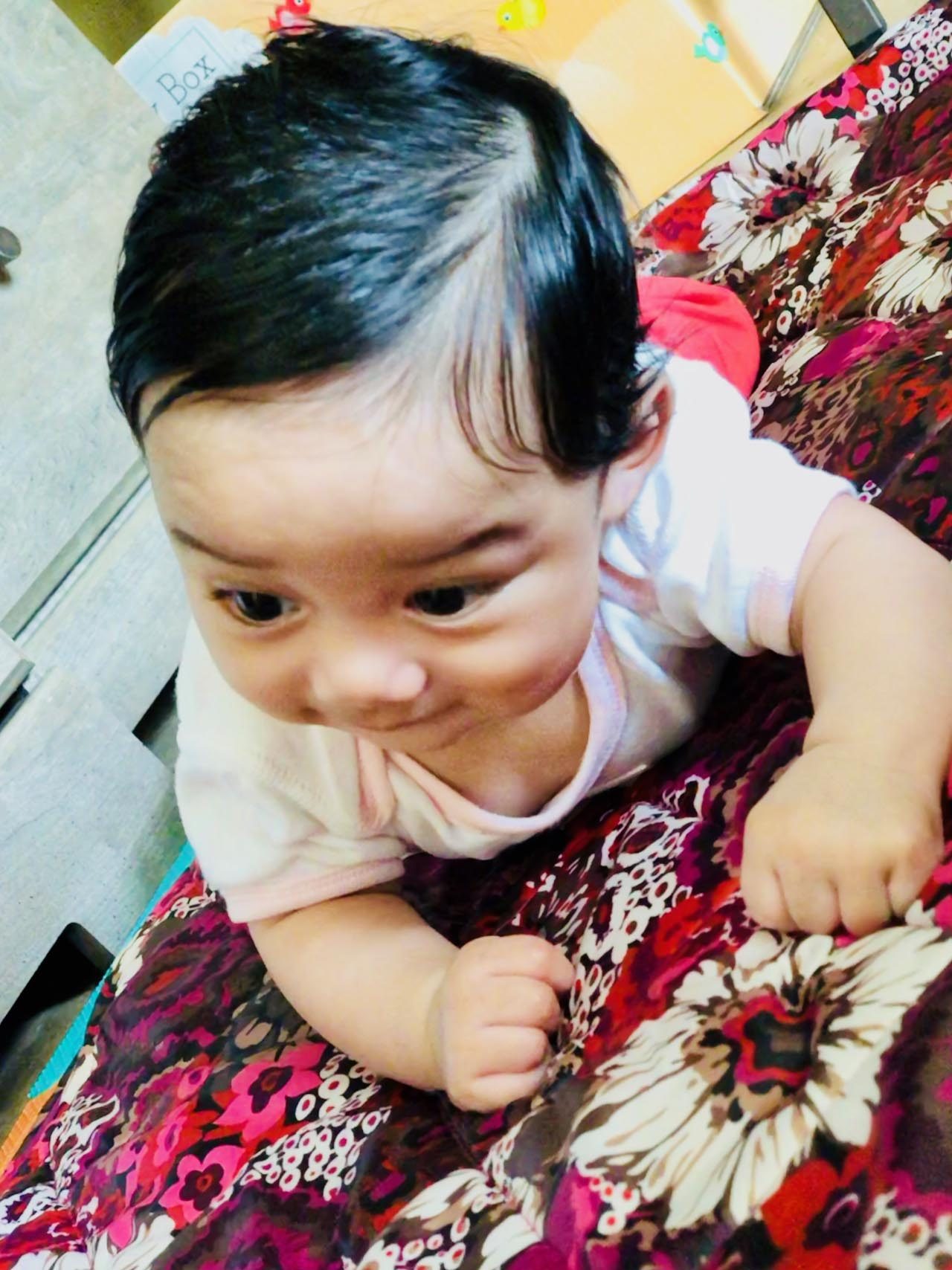
Things that help in breastfeeding
Depending on your situation, some items might be helpful in successfully breastfeeding your baby. A comfortable nursing pillow might help; nursing bra and pads are also helpful. Leaks are expected, for example, when you hear the cries of your little one.
Nursing covers are also an option if you want to feed in public. Nipple cream might also help to address cracked skin. Breasts can also be moisturized using breast milk.
A good breast pump (manual or electric) might also aid your journey in breastfeeding. Breast pumps are useful in promoting regular breast milk supply. It would allow moms, especially working mothers, to supply the baby’s milk whenever and wherever. Just don’t overdo it, or else the brain would receive a message that you need to produce so much milk.
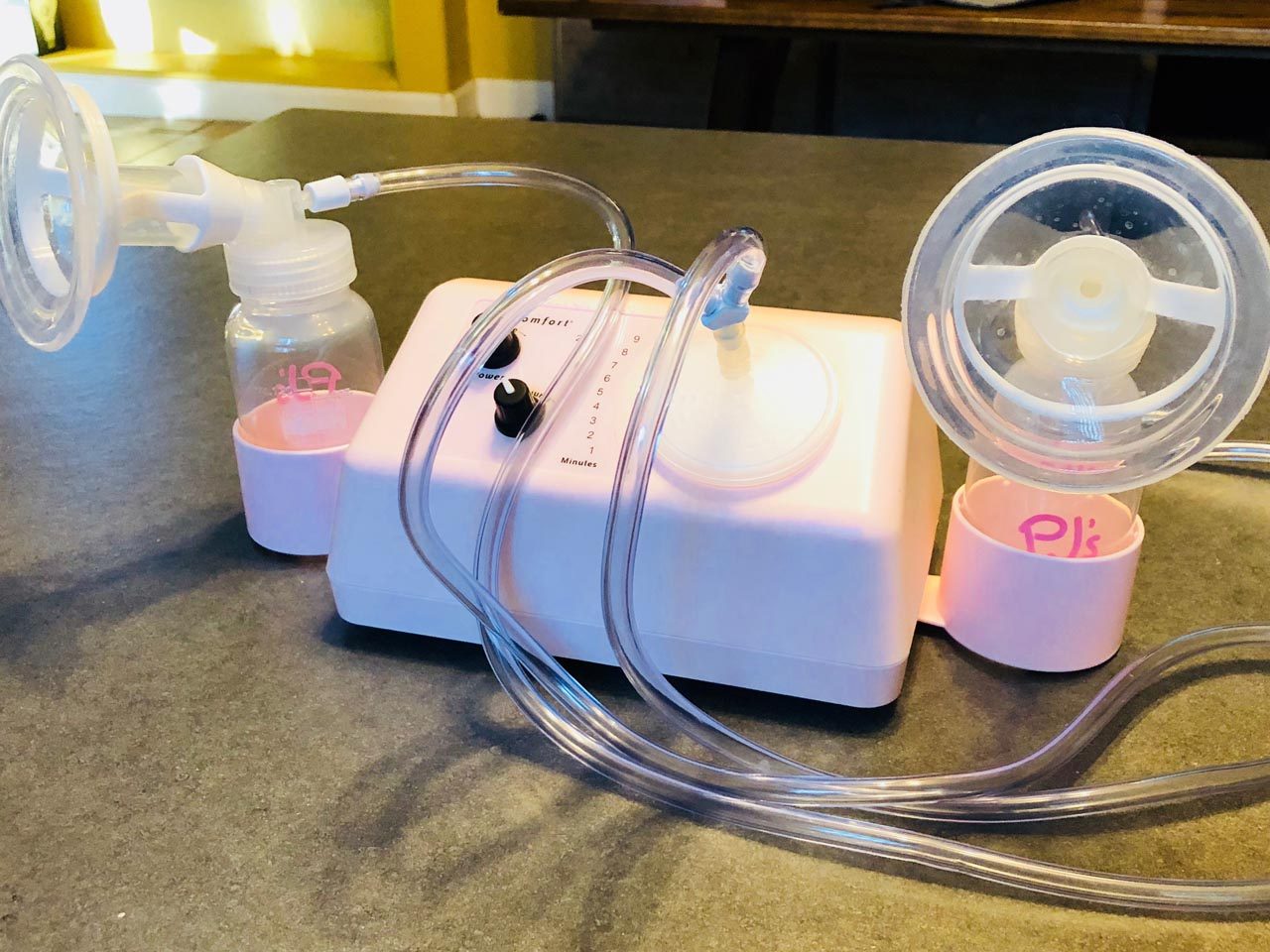
My breast pumps helped me establish my milk supply. The use of pumps prevented breast lumps (which were painful and uncomfortable) by allowing me to prepare milk for storage. My husband also has opportunities to feed Raya whenever we are out for errands because there’s always available stored milk.
Practicing a good breastfeeding latch
If I had to choose one key lesson that I learned from my breastfeeding class, it would be this: latch properly.
The latch of the baby will determine if the mom’s breasts would hurt or if the baby would starve. Thankfully, there are so many available online resources (articles and videos) discussing breastfeeding latch.
Painful and sore nipples are not uncommon when the baby is attached to the nipples. Breastfeeding isn’t supposed to be painful or bloody. A deep latch is recommended to prevent so much air intake for the baby, milk leaks, and soreness.
While feeding, the baby should suck on the nipple and areola. Moms should also observe if the baby is swallowing milk. Clogged milk ducts also happen when there’s a lot of milk left in the breasts.

I find it helpful to massage the lumps while breastfeeding. Feed the baby regularly and use the breasts alternately.
I often hear the statement, “I don’t have breast milk to feed my baby.” I think in some cases, the root of the problem might be improper latch and irregular feeding. As the baby establishes the demand for breast milk, mom’s body responds by producing milk.
Breastfeeding indeed does wonders!
While every mother’s story is different, and each circumstance will determine the parents’ decision to breastfeed, use a formula, or do the combination, choose what you think is best for yourself and your little one.

As for Raya, I am trying to give her one of the best ingredients for her development that will last a lifetime. And when the time comes to tell her a bedtime story, I know my breastfeeding journey will be on the top of my list. – Rappler.com
Ana-Liza Ani Bojocan lives in California, USA, along with her husband and Raya. She used to teach Society and Culture with Family Planning in a private university in the Philippines.
Add a comment
How does this make you feel?
There are no comments yet. Add your comment to start the conversation.